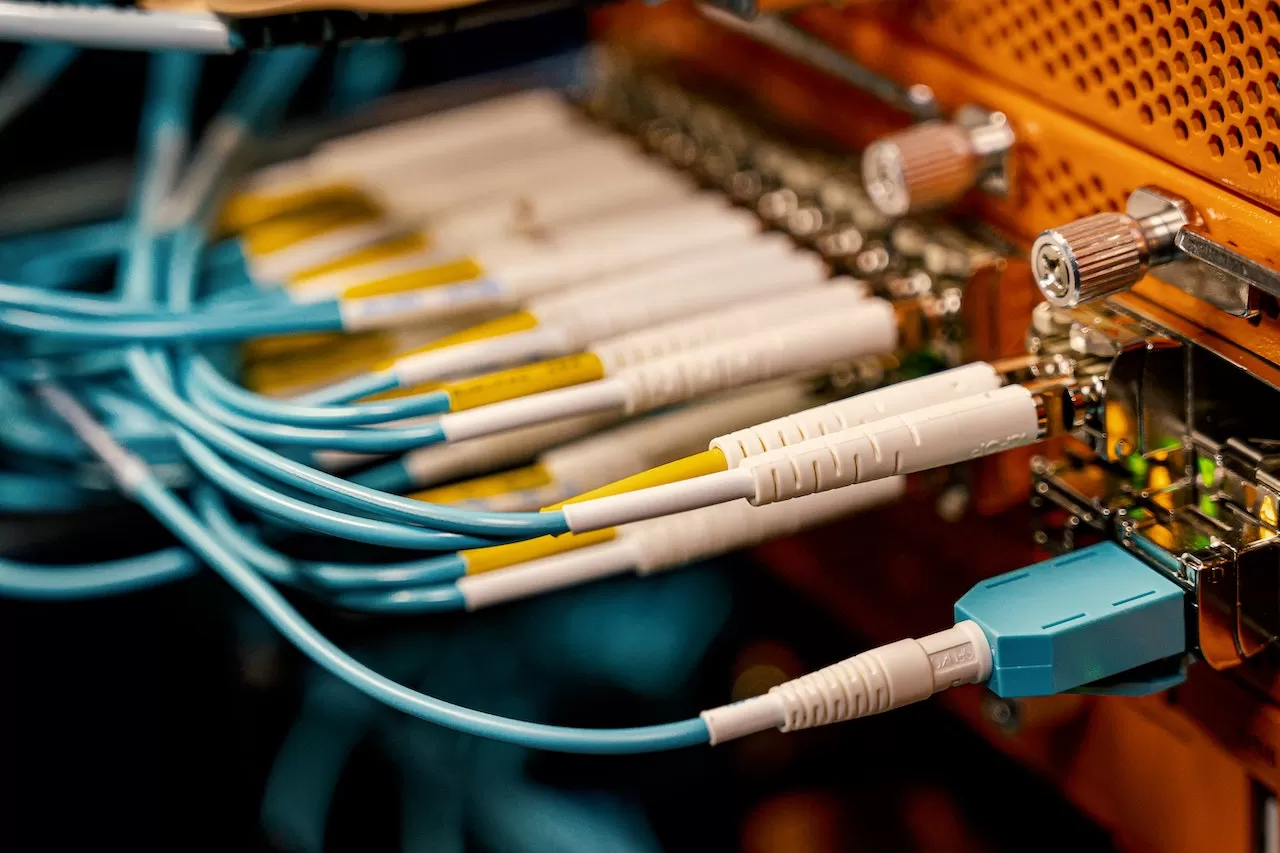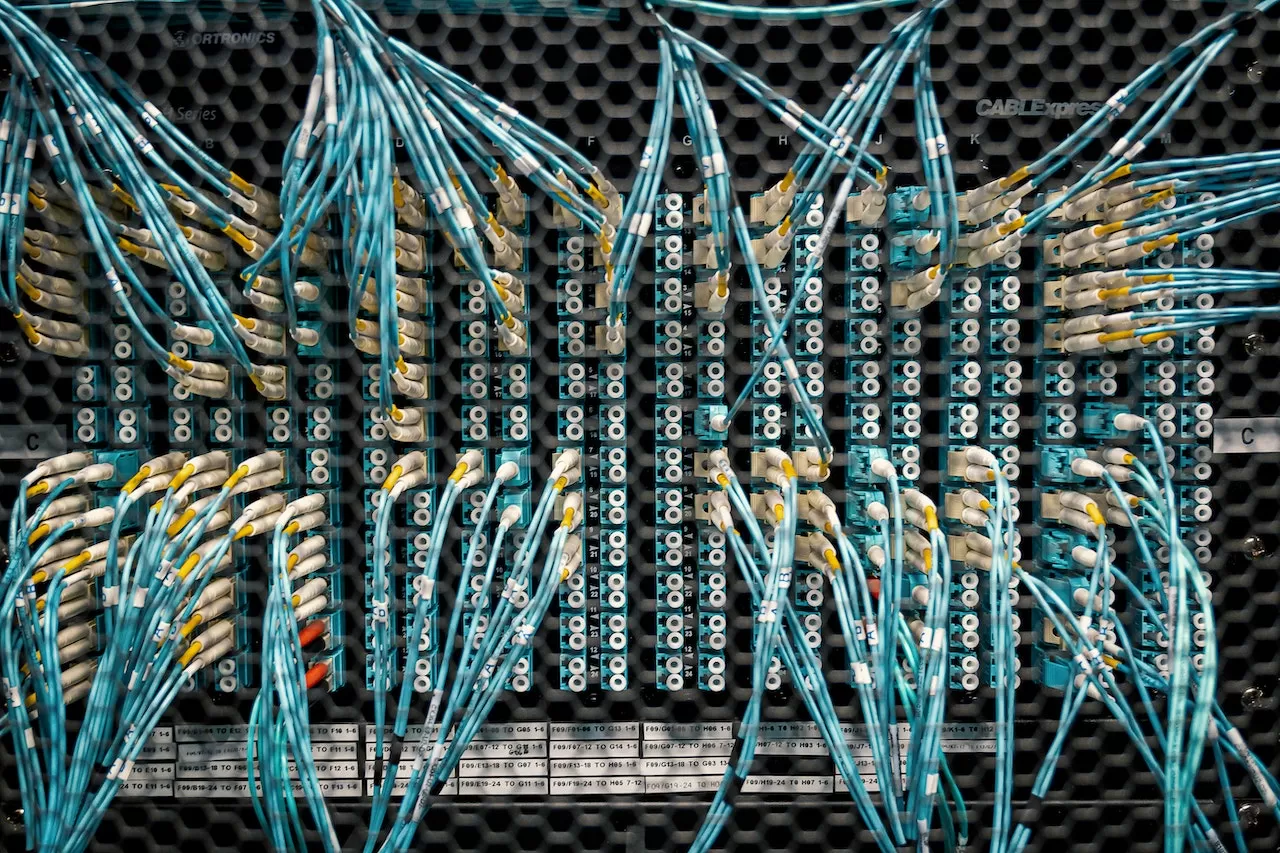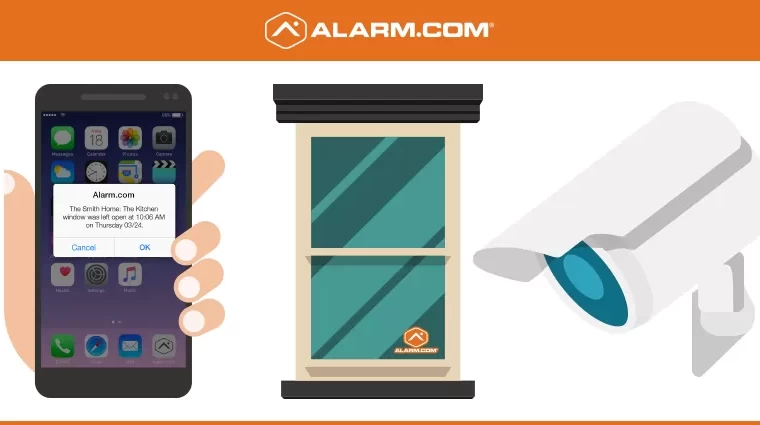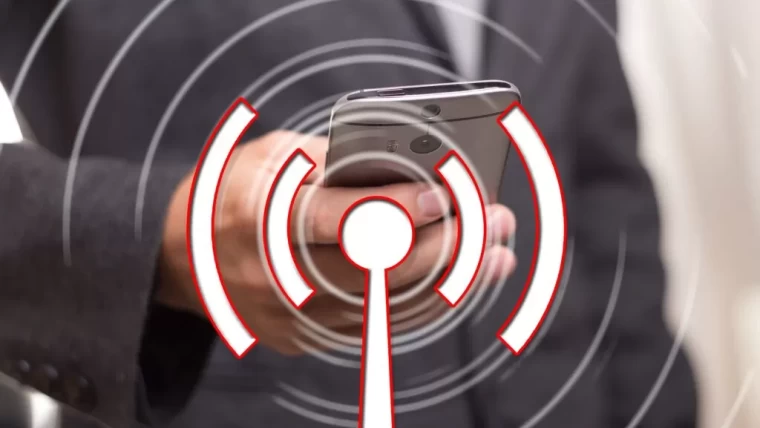The internet has now become a necessity for just about everyone. Businesses, the government, and individuals now need the internet simply to carry on day-to-day business. From operating a business to job searching, the internet has become a utility just like water and electricity. While there is already infrastructure of copper cables to carry internet connections, fiber optic installation makes the process more efficient.
Fiber optic installation creates more bandwidth for internet use, and it is less obtrusive. Fiber optics have made the internet work much more efficiently and helps facilitate everything that can get done on the internet. However, there is a process for fiber optic installation. The technology of fiber optic installation is complex, and it requires trained technical assistance to have it done correctly.
Fiber optic installations already make up the majority of data centers around the world. But fiber optic installation is more rare on the local level. As cities work to provide fiber optic installation, businesses are beginning to benefit. Many businesses would like to catch up with the technology with fiber optic installation to increase internet traffic and access.
What is fiber optic? How do fiber optics work? And what are some of the best practices for fiber optic installations? This guide will introduce you to fiber optic installation.
What is Fiber Optic?

Fiber optics consist of optical fibers made of glass or plastic that can transmit information in the form of light pulses. A fiber optic cable can contain a number of these glass fibers ranging from very few to more than 200 hundred. The core of glass cables is surrounded by a buffer tube called cladding and an additional jacket layer that functions as a protective layer. The entire tube is what is referred to as a fiber optic cable.
Fiber optic cables have several advantages over other forms of technologies that transit information. They have a much higher bandwidth and can transmit at much higher speeds.
Fiber optics are used for long-distance and high-performance data networking. They are commonly used in the telecommunications industries like the internet, television, and telephones. Some of the most prominent names in information technology rely on fiber optic technology such as Google and Verizon. It is fiber optics that make it possible for these industries to transmit information at Gigabit internet speeds.
How do Fiber Optics Work?
Fiber optics make it possible to transmit data in the form of light particles called photons. These photons can pulse through the fiber optic cables. Each glass fiber and the cladding have different refractive properties that bend light at a specific angle.
As light is transmitted through the fiber optic cable in the form of photons, they reflect off the core and the cladding and create a zig-zag pattern across the fibers and cladding. This is called the total internal reflection. Since these light signals are passing through a glass fiber, they slow down to about 30 percent slower than the speed of light.
Since these light signals must travel massive distances, they can lose energy and need to be accelerated. There are relay points throughout the fiber optic system where the light signals are converted into electrical signals which then re-transmit the light signals.
Fiber optic cables can now support signals of up to 10 Gbps. As fiber optic cables get larger, they tend to become more expensive.
How are Fiber Optics installed?
Fiber optics are installed by running the fiber optic cables through the electrical conduit that already exists in the building. If you are thinking about installing fiber optics, the first thing you need to do is determine if your building is ready for this type of installation.
Licensed and trained technicians can determine if your building is fiber optic ready. This involves a simple inspection of the electrical system and the system of conduit already installed in your home or business.
Technicians will then install the Optical Network Terminal (ONT). This will make it possible to install the fiber optic router which controls and sends signals to and from your building.
Fiber Optic Installation Safety Requirements

The fiber optic installation process can be delicate, and it is not without safety risks. General fiber optic installation safety requirements include:
Wear safety glasses or goggles
There is always a danger from fiber optic shards and splinters. These can get into your eyes, and this can be extremely dangerous. Always wear eye protection in the form of safety glasses or goggles.
Keep food and beverages clear of the work areas
Fiber particles can easily drift into food and beverages. If these particles are ingested they can become lodged in the digestive system and cause serious damage, including internal hemorrhaging. Never eat food or drink beverages near or around the fiber optic installation areas. Remember that fiber optic particles can also cling to clothing. Wear disposable aprons to prevent transferring particles from clothing to food and beverages.
Do not look directly into the fiber optic cable ends
Make sure you have a sufficient light source other than the fiber optic cable. Keep the fiber optic cable at least six inches from your eyes at all times. A fiber optic power meter can be sued to make sure the cable is dark.
Do not touch your eyes
Never touch your eyes while working with fiber optic cables, and refrain from touching your eyes after working with fiber optic cables until you have been able to thoroughly wash your hands.
Properly dispose of fiber and cable scraps
It is critically important to keep track of all fiber optic cable waste. When fiber optic cables are cut or trimmed, they produce small shards and splinters. These must be disposed of properly. It helps to work on black mats so that all fiber optic cable waste can be seen and cleaned up.
Additional safety precautions
- Only work in well-ventilated areas.
- Keep all combustible materials safely away from fusion splicers.
- When finished with a fiber optics lab, dispose of all scraps by placing them in a properly marked container for disposal.
- Thoroughly clean your work area.
Fiber Optic Cable Installation Process
You must first determine that fiber optic internet and other services are available in your area. Once you have confirmed that you have access to fiber optics, you can begin the process of having a technician install fiber optics in your building. The technician will go through the following steps:
Locate the optical network terminal. This is also called the fiber network terminal. If there is no fiber network terminal, the technician will install one.
The technician will then plug your network box into the power. The technician will use an ethernet cable to connect the fiber optic power box to the electrical system in the building.
The technician will then connect your network box to your devices, including desktops, laptops, mobile phones, and televisions. This will link you to Wi-Fi.
You can then customize your Wi-Fi network by choosing a network name and password.
Keep in mind that these steps can only be taken if your local ISP offers fiber optic services.
Fiber Optic Installation Best Practices
There are some things to look for in a fiber optic installation professional. These are a few of the best practices for fiber optic installation.
Determine how much cable is necessary
The first and most basic step for a fiber optic installation is to accurately measure the amount of fiber optic cable they will need for your job. It is important that they do not begin the work only to discover that they do not have enough cable for the entire building. For example, most buildings do not have wiring and conduit installed such that fiber optic cable can be installed in a direct linear fashion. Installers will need to accommodate the existing conduit. Making sure they have enough cable for this is essential.
Work out a port map
In order to link everything up correctly, installers will need to know the exact location of all ports on the system. This means locating and mapping the name, location, and connection points for each port.
Understand and abide by the cable tensile and pull load rating
Each fiber optic cable will have a specific pull load rating and tension capability. Installers must understand these things before installing the fiber optic cable to make sure cables do not get broken during installation or damaged so that they break after installation.
Reduce distance and pull lengths whenever possible
Always run fiber optic cables for the shortest distance possible. This optimizes signal and information transfers. Unnecessarily long cable lengths cause inefficiency in the fiber optic system.
Never twist or bend fiber optic cables
It is crucial that fiber optic cables never get twisted or bent. They are glass and can be as thin as human hair. Twisting, bending, and punching fiber optic cables damage them and cause problems down the line.
Fiber Optic FAQS
What is Fiber Optic?
Fiber optics consist of optical fibers made of glass or plastic that can transmit information in the form of light pulses. A fiber optic cable can contain a number of these glass fibers ranging from very few to more than 200 hundred. The core of glass cables is surrounded by a buffer tube called cladding and an additional jacket layer that functions as a protective layer. The entire tube is what is referred to as a fiber optic cable.
How do Fiber Optics Work?
Fiber optics make it possible to transmit data in the form of light particles called photons. These photons can pulse through the fiber optic cables. Each glass fiber and the cladding have different refractive properties that bend light at a specific angle. As light is transmitted through the fiber optic cable in the form of photons, they reflect off the core and the cladding and create a zig-zag pattern across the fibers and cladding. This is called the total internal reflection. Since these light signals are passing through a glass fiber, they slow down to about 30 percent slower than the speed of light.
How are Fiber Optics installed?
Fiber optics are installed by running the fiber optic cables through the electrical conduit that already exists in the building. If you are thinking about installing fiber optics, the first thing you need to do is determine if your building is ready for this type of installation. Licensed and trained technicians can determine if your building is fiber optic ready. This involves a simple inspection of the electrical system and the system of conduit already installed in your home or business.
Fiber optic cable installations can provide a serious boost to your connectivity and the efficiency of your internet processes. Certainly, business owners will benefit from installing fiber optic cables. The older method of transmitting signals through copper wires works, and for many people, this may be sufficient. But to stay competitive with so much of what the internet can offer for a business, it really makes sense to make the transition to fiber optic cables.
Fiber optic cable installations make it possible to transmit and receive far more information and to do this exponentially faster. For businesses that rely on gathering and using information, which is nearly everyone these days, fiber optic cables as the superior method for running the internet.
Fiber optic cable installation is an intricate and highly technical process. While it is possible to perform a fiber optic cable installation yourself, you run serious risks doing it this way unless you are a trained professional fiber optic cable technician.
It simply makes sense to turn fiber optic cable installation over to professionals. Circle Security Solutions can evaluate your home or business to determine if your building is ready for fiber optic cable. Circle Security Solutions can also set you up with the ideal installation for your home or business. There is too much to gain from installing fiber optic cables, and too much to lose if it is not done correctly, to leave this up to chance. The professional staff at Circle Security Solutions can help with your fiber optic cable installation needs.



